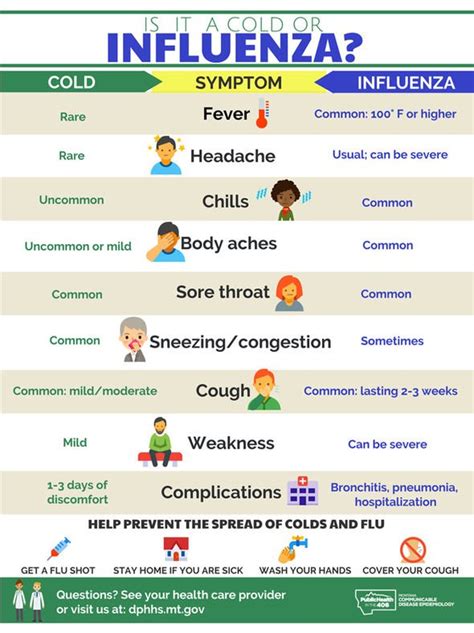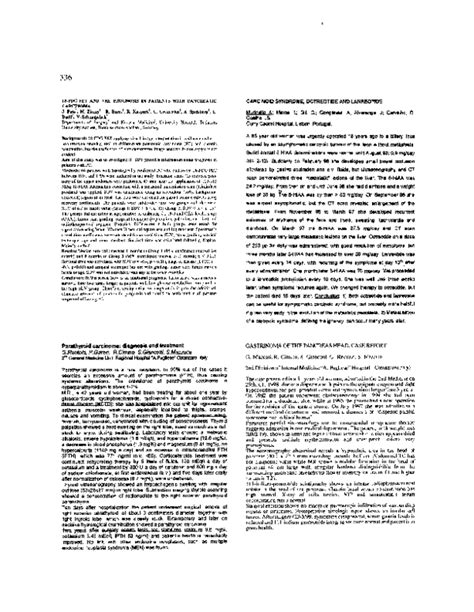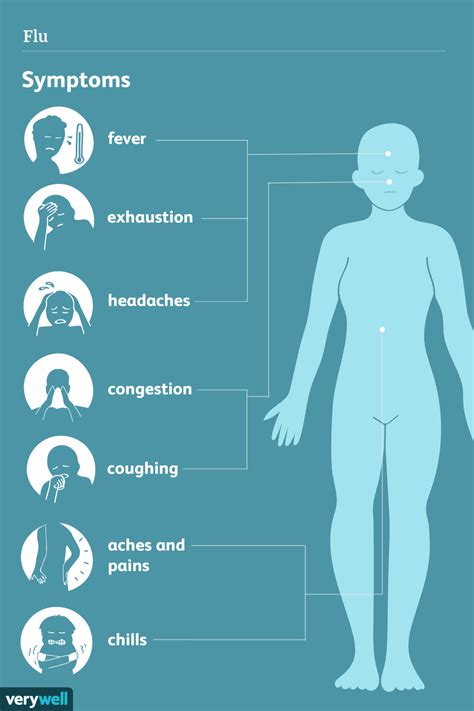Intro
Learn about Flu Type A symptoms, treatment, and prevention. Discover causes, diagnosis, and management of Influenza A, including fever, cough, and fatigue relief, and antiviral medications.
The flu, also known as influenza, is a respiratory illness that can be caused by several different types of viruses. One of the most common types of flu is Type A, which can cause a range of symptoms, from mild to severe. Understanding the symptoms and treatment options for Type A flu is essential for managing the illness and preventing complications. In this article, we will delve into the world of Type A flu, exploring its symptoms, treatment options, and prevention strategies.
Type A flu is a highly contagious illness that can spread quickly from person to person. It is typically spread through the air when an infected person talks, coughs, or sneezes, releasing droplets that contain the virus. Type A flu can also be spread by touching surfaces or objects that have the virus on them and then touching your mouth, nose, or eyes. The symptoms of Type A flu can vary from person to person, but common symptoms include fever, chills, cough, sore throat, runny or stuffy nose, headache, fatigue, and muscle or body aches.
Understanding Type A Flu Symptoms

Diagnosis and Treatment of Type A Flu

Antiviral Medications for Type A Flu
Antiviral medications are an important treatment option for Type A flu. These medications can help reduce the severity and duration of the illness, as well as prevent complications. Antiviral medications work by targeting the flu virus and preventing it from replicating. Oseltamivir (Tamiflu) and zanamivir (Relenza) are two commonly used antiviral medications for Type A flu. These medications are usually prescribed within 48 hours of symptom onset and are taken for 5-7 days.Prevention Strategies for Type A Flu

Importance of Vaccination
Vaccination is a critical prevention strategy for Type A flu. The flu vaccine can help protect you from getting the illness, as well as prevent complications and reduce the risk of transmission to others. The flu vaccine is usually available in two forms: a trivalent vaccine that protects against three different flu viruses (two A viruses and one B virus) and a quadrivalent vaccine that protects against four different flu viruses (two A viruses and two B viruses). It's essential to get vaccinated every year, as the flu vaccine is updated annually to protect against the most common flu viruses circulating during the current flu season.Complications of Type A Flu

Risk Factors for Complications
Certain groups of people are at higher risk of developing complications from Type A flu. These include: * Older adults (65 years and older) * Young children (under 5 years) * People with certain underlying health conditions, such as heart disease, diabetes, and lung disease * Pregnant women * People with weakened immune systems, such as those with HIV/AIDS or undergoing chemotherapyManaging Type A Flu Symptoms

Importance of Rest and Hydration
Rest and hydration are essential for managing Type A flu symptoms. Getting plenty of rest can help your body fight off the virus, while staying hydrated can help relieve congestion and soothe a sore throat. It's essential to drink plenty of fluids, such as water, clear broth, and electrolyte-rich beverages, to help replace lost fluids and electrolytes.Conclusion and Next Steps

We invite you to share your thoughts and experiences with Type A flu in the comments section below. Have you or a loved one been diagnosed with Type A flu? What symptoms did you experience, and how did you manage them? Share your story to help others understand the importance of prevention and treatment.
What are the symptoms of Type A flu?
+The symptoms of Type A flu can vary from person to person, but common symptoms include fever, chills, cough, sore throat, runny or stuffy nose, headache, fatigue, and muscle or body aches.
How is Type A flu diagnosed?
+Diagnosing Type A flu typically involves a physical exam and a review of your symptoms. Your doctor may also use a rapid influenza diagnostic test (RIDT) to confirm the diagnosis.
What are the treatment options for Type A flu?
+Treatment for Type A flu usually involves relieving symptoms and supporting your body as it fights off the virus. Over-the-counter medications, such as pain relievers and decongestants, can help alleviate symptoms, while antiviral medications, such as oseltamivir (Tamiflu) and zanamivir (Relenza), can help shorten the duration and severity of the illness.
